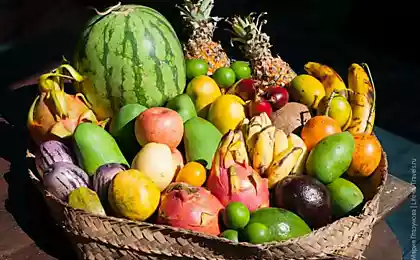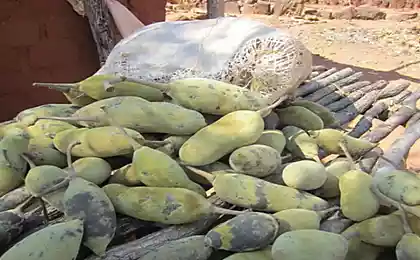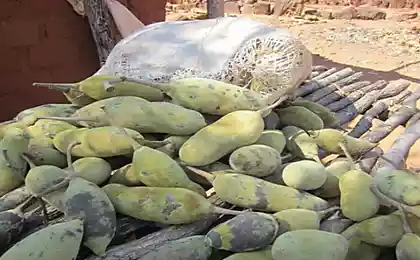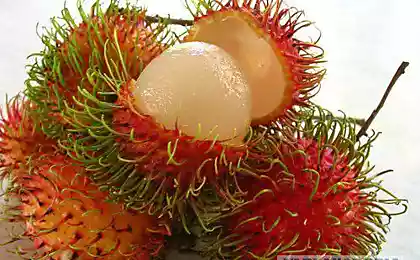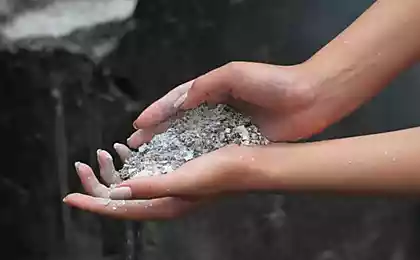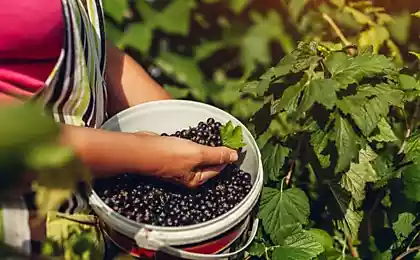226
In order for apricot to give a stable harvest, in the spring you need to work hard, we begin feeding.
It's gonna be a big color soon. apricot. Experienced summer residents know that you need to work hard to get a generous harvest of apricots. Large and juicy fruits do not appear out of nowhere. For this, the trees need to be fertilized. This is best done in the spring. What fertilizing is suitable for apricots, read further in the article.

There is an opinion that there is no fertilizer better than organic. However, any experienced gardener will tell you that everything here is not so clear. It is necessary to understand what organic feeding is suitable for a particular culture. If you use the wrong raw materials, you can easily spoil the apricot tree. For example, this will adversely affect the state of the branches or trunk. In addition, the soil is often oxidized, which leads to a deterioration in the yield.

Despite this, avid fans of organics have a way out. Apricots are allowed to be fed with ash, chicken droppings, compost or manure. However, it is best to use the ash. Thanks to it, it is possible to avoid mammage, a painful phenomenon that affects the trunk and branches of a tree.
Bring ash, alternating it with cow dung or chicken droppings. If you use organics, let it be several acceptable types of fertilizer.
It is ideal to feed apricot with mineral fertilizers. For example, urea (ammonium nitrate), potassium salt, potassium sulfate and superphosphate. Whatever feeding you use, you can make it, starting from the 2nd year of life of the apricot tree.

Spray apricot with urea until the first buds appear on the tree. Dilute the fertilizer, strictly following the instructions. Usually enough 700 g of substance per 10 liters of water. Such feeding will help get rid of pests that wintered in the tree, as well as saturate the soil at the roots with nitrogen.
In order not to damage the roots, apply fertilizer to moist soil. We advise you to make grooves along the trunk circle and add fertilizer to them. The diameter of the trunk circle in trees, which are from 2 to 5 years old, should be somewhere 50 cm. Trees that are 6-10 years old have 1 meter. And in older trees - at least 1.5-2 meters.
Editorial advice: apricot tree needs not only fertilization, but also other care. Care work should be carried out in late March or early April. Stage one: pruning. The branches should be cut strictly according to the rules. Hold the tool so that the upper part of the cut is above the kidney, and the lower part is at the base of the kidney. After each slice, it is important to treat with a garden cooker, adding a disinfectant to it.

The next step is removal. Their number should not exceed one third. This is important because if you cut too many branches, the tree will become much weaker. It affects yield.
While apricot has not bloomed, it is also necessary to cut off all branches that have dried up, frosted or deformed during the winter.
When the pruning is complete, it's time to start. limework. This stage is necessary to destroy those insects that wintered in the bark of the apricot. And whitewashing prevents the appearance of potentially dangerous microflora.

A lime solution is prepared like this. 1 kg of limestone should be diluted in 8 liters of water, then add 200 g of copper sulfur. Whitewashing apricot tree is best done in the 1st decade of April. My colleague Nikolai Laduba explained in detail how to deal with fruit trees in the spring. Be sure to read this article if there are many fruity beauties growing in your garden.
Despite the resistance of apricot to drought, tree. The number of irrigations depends on what region you live in, as well as in what soil apricot grows. So, for example, for the middle strip and loamy soil, 4 irrigations per year are enough. If the tree is planted in sandy soil, it should be purposefully watered at least 6 times a year.

In order to thoroughly saturate apricot with moisture for 1 time, you need to water it abundantly. Ideally, to a depth of 60 centimeters. It is best to water the tree before flowering, if the soil was dry. If it was already wet, organize watering no earlier than 10-15 days after flowering.
That's all the wisdom for today. I hope you need this article. It would be great if you shared it with your gardening friends. A generous harvest of apricots!

There is an opinion that there is no fertilizer better than organic. However, any experienced gardener will tell you that everything here is not so clear. It is necessary to understand what organic feeding is suitable for a particular culture. If you use the wrong raw materials, you can easily spoil the apricot tree. For example, this will adversely affect the state of the branches or trunk. In addition, the soil is often oxidized, which leads to a deterioration in the yield.

Despite this, avid fans of organics have a way out. Apricots are allowed to be fed with ash, chicken droppings, compost or manure. However, it is best to use the ash. Thanks to it, it is possible to avoid mammage, a painful phenomenon that affects the trunk and branches of a tree.
Bring ash, alternating it with cow dung or chicken droppings. If you use organics, let it be several acceptable types of fertilizer.
It is ideal to feed apricot with mineral fertilizers. For example, urea (ammonium nitrate), potassium salt, potassium sulfate and superphosphate. Whatever feeding you use, you can make it, starting from the 2nd year of life of the apricot tree.

Spray apricot with urea until the first buds appear on the tree. Dilute the fertilizer, strictly following the instructions. Usually enough 700 g of substance per 10 liters of water. Such feeding will help get rid of pests that wintered in the tree, as well as saturate the soil at the roots with nitrogen.
In order not to damage the roots, apply fertilizer to moist soil. We advise you to make grooves along the trunk circle and add fertilizer to them. The diameter of the trunk circle in trees, which are from 2 to 5 years old, should be somewhere 50 cm. Trees that are 6-10 years old have 1 meter. And in older trees - at least 1.5-2 meters.
Editorial advice: apricot tree needs not only fertilization, but also other care. Care work should be carried out in late March or early April. Stage one: pruning. The branches should be cut strictly according to the rules. Hold the tool so that the upper part of the cut is above the kidney, and the lower part is at the base of the kidney. After each slice, it is important to treat with a garden cooker, adding a disinfectant to it.

The next step is removal. Their number should not exceed one third. This is important because if you cut too many branches, the tree will become much weaker. It affects yield.
While apricot has not bloomed, it is also necessary to cut off all branches that have dried up, frosted or deformed during the winter.
When the pruning is complete, it's time to start. limework. This stage is necessary to destroy those insects that wintered in the bark of the apricot. And whitewashing prevents the appearance of potentially dangerous microflora.

A lime solution is prepared like this. 1 kg of limestone should be diluted in 8 liters of water, then add 200 g of copper sulfur. Whitewashing apricot tree is best done in the 1st decade of April. My colleague Nikolai Laduba explained in detail how to deal with fruit trees in the spring. Be sure to read this article if there are many fruity beauties growing in your garden.
Despite the resistance of apricot to drought, tree. The number of irrigations depends on what region you live in, as well as in what soil apricot grows. So, for example, for the middle strip and loamy soil, 4 irrigations per year are enough. If the tree is planted in sandy soil, it should be purposefully watered at least 6 times a year.

In order to thoroughly saturate apricot with moisture for 1 time, you need to water it abundantly. Ideally, to a depth of 60 centimeters. It is best to water the tree before flowering, if the soil was dry. If it was already wet, organize watering no earlier than 10-15 days after flowering.
That's all the wisdom for today. I hope you need this article. It would be great if you shared it with your gardening friends. A generous harvest of apricots!
Who of the zodiac signs is destined to carry the cross of loneliness
The grandmother, born in the year of the beginning of World War II, often made pancakes on the water without eggs

